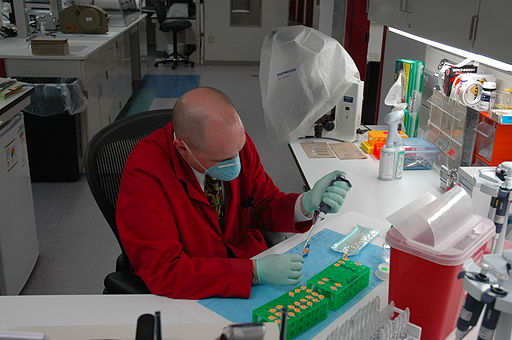Aggregated News

The question of how widely investigators should be able to examine DNA databases is in the news, as officials in New York deliberate whether to authorize a method that could help find relatives of people charged with crimes.
Called familial searching, the technique attracted support after the murder of Karina Vetrano in Queens, a case that stymied investigators for months. Though a recent break in the case that led to the arrest of a suspect did not involve familial searching, the push for New York to join at least nine other states in authorizing the method has continued.
Familial searching allows investigators to look through databases with wider parameters to identify people who are most likely close relatives of the person who may have committed a crime. After a relative is found, investigators work backward to find the suspect. Many officials say familial searching is an important tool for solving particularly stubborn cases. It has led to arrests in cases like the so-called Grim Sleeper in Los Angeles. Ms. Vetrano’s parents, too, have advocated its use.
But the method...



